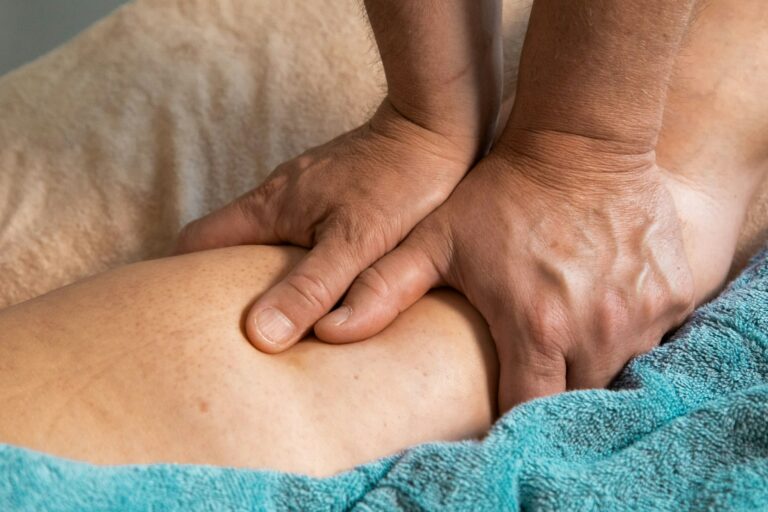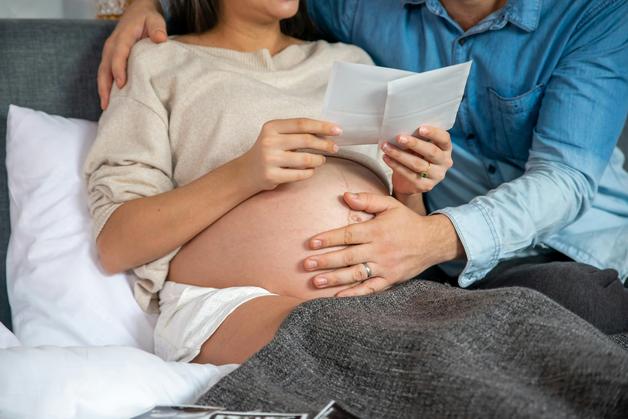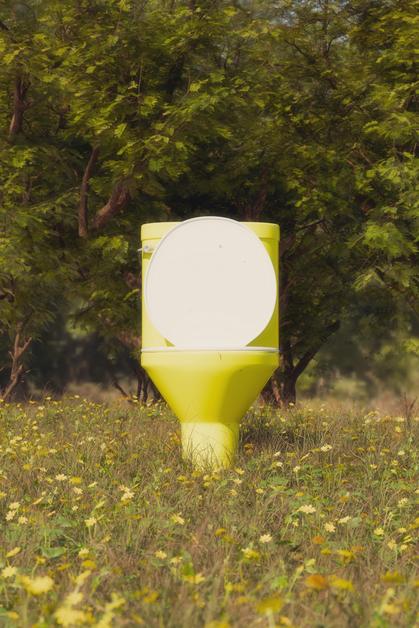For many expectant parents, the topic of sushi pregnancy swings between sudden cravings and an avalanche of doubts. The very mention of sushi—whether maki, nigiri, or the minimalist beauty of sashimi—has the power to evoke nostalgia, delight, and, for many, anxiety. Is it all off-limits, or do nuanced choices exist? If preparing sushi at home or ordering from a favorite local spot, which ingredients should spark caution, and which can confidently satisfy a craving? Across cultures and from household to clinic, the conversation about sushi pregnancy brims with both myth and scientific warning. What are the real risks lurking beneath those glistening slices of fish and rice? How can families distinguish a harmless indulgence from genuine threats? Expect detailed answers—including actionable tips and the latest medical guidance—so you can make educated choices, ease your worries, and enjoy your favorites, safely.
Understanding the medical risks: Infection, toxins, and preparation pitfalls
Raw fish and parasite exposure
What lies beneath the shimmering surface of salmon or tuna sashimi? With sushi pregnancy, the main medical concern is infection. When fish is left uncooked, bacteria like Listeria monocytogenes slumber in the muscle, waiting for the right conditions to multiply. Listeriosis—the illness caused by this bacterium—rarely troubles healthy adults, but during pregnancy, everything changes. Listeria can cross the placental barrier, threatening miscarriage, preterm labor, or serious illness in a newborn. Unlike most bacteria, Listeria survives at refrigerator temperatures and only succumbs to thorough cooking.
Parasites represent a second, sometimes overlooked, hazard. Anisakis—tiny, coiled worms often found in raw salmon or cod—invade the digestive tract if not neutralized. Though long freezing at -20°C (-4°F) or higher is effective, not all establishments can guarantee this essential step.
You may wonder, do all fish pose the same risk in the context of sushi pregnancy? The answer is, emphatically, no.
Heavy metals: The unseen danger in some fish
Some fish accumulate mercury and other heavy metals from their environment throughout their lives. Large predatory species—tuna, swordfish, king mackerel, tilefish, shark—top the list for mercury levels that can silently impair a baby’s neurological development. Grilled or raw, the form doesn’t matter: the mercury remains. Even perfectly cooked sushi can expose your growing baby to these neurotoxic compounds, so prioritizing low-mercury fish is a non-negotiable for sushi pregnancy.
Contamination miles away from the ocean
Sometimes danger creeps in not through the fish, but via the rice, vegetables, or even how the sushi is prepared. Salmonella, certain strains of E. coli, and Staphylococcus are infamous for transforming a luxurious meal into a medical emergency. Rice, sitting at room temperature, becomes a playground for bacteria. Vegetables, if not washed enough, can harbor toxoplasma. Now, while fish isn’t usually the vehicle for toxoplasmosis, the vegetables coiled up inside your roll could be.
Beyond fish: When sauces and extras present hidden hazards
Unpasteurized sauces, raw eggs (sometimes present in authentic mayonnaise or tamago), and insufficiently handled pickled ginger or wasabi can all tip the scales towards bacterial contamination. Sodium content, meanwhile, climbs ever higher with each splash of soy sauce. Excessive salt may lead to water retention and higher blood pressure—both unwelcome guests during pregnancy.
Safer choices: Enjoying sushi pregnancy with confidence
Rethink the filling: cook it, swap it, or skip it
Wake up taste buds—sushi pregnancy does not always have to mean withdrawal. Rolls filled with cooked shrimp, eel (unagi), tempura vegetables, or grilled salmon make delightful, low-risk alternatives. For those looking to keep flavors bright and textures satisfying, vegetarian options like avocado, cucumber, pickled radish (takuan), and sweet potato offer complexity without worry. Imitation crab stick (surimi) is another go-to: it’s typically made from fully cooked, low-mercury white fish.
If home-made sushi is on the horizon, faithfully freeze fish for at least one week at -20°C (-4°F), or stick strictly to cooked or vegetarian ingredients. Kitchen hygiene (washing hands, utensils, and surfaces) is your shield against accidental contamination.
Restaurant selection: Questions to ask, signs to trust
Ordering out? The right questions make all the difference for sushi pregnancy safety:
- Was the fish properly frozen according to guidelines?
- Are fish and shellfish thoroughly cooked?
- Are all vegetables washed and peeled?
- Is the kitchen known for food safety?
A confident, specific answer is your green light. Hesitation or vagueness? Time to reconsider.
The hidden chemistry of seaweed and condiments
Seaweed (nori) is a staple for minerals, especially iodine, which underpins healthy thyroid function for you and brain development for your baby. But more isn’t always better. Excess iodine can disrupt thyroid balance—enjoy seaweed in moderation.
Soy sauce and pickled accompaniments (ginger, daikon) beckon with bold flavors but deliver a sodium punch. Favor low-sodium versions, use them sparingly, and check if sauces have been pasteurized to sidestep any microbial surprises.
Medical benefits: Are there positives of sushi pregnancy?
Beneath all these warnings, a nutritional upside emerges. Thoughtful choices—imaginative vegetarian rolls, sushi with properly cooked, low-mercury fish—become conduits for omega-3 fatty acids (key to fetal brain and eye development), quality protein (tissue growth and cellular repair), iodine (neurological function), iron (oxygen transport), and vitamin D (bone health). Sushi rice supplies steady-release carbohydrates for gentle, enduring energy—handy when fatigue pays a visit.
Just as important: avoid overindulging in nori to maintain thyroid equilibrium, and remain skeptical of store-bought sushi of unclear provenance.
When tradition clashes with the modern world: Global perspectives on sushi pregnancy
Rumors swirl around the habits of Japanese mothers—do they universally shun sushi, or is moderation more nuanced? In Japan, strict rules ensure that fish is either frozen or cooked, and inspection is both rigorous and respected. Many women continue enjoying sushi, selectively, with a keen eye on safety. In Western settings, risk factors differ: hygiene regulations and parasite profiles vary, making conservative advice—especially to avoid raw fish and high-mercury species—far more widespread.
At-a-glance: Types and ingredients to avoid during sushi pregnancy
Keep these off the shopping list and menu:
- Uncooked fish (including all sashimi, raw salmon, spicy tuna)
- High-mercury species (bigeye tuna, king mackerel, swordfish, tilefish, shark)
- Surfaces and implements exposed to uncooked ingredients
- Unpasteurized sauces or raw eggs
- Sushi from unreliable or unverified establishments
Confidence stems from vigilance, not restriction.
Key Takeaways
- Raw fish and high-mercury fish must be avoided during sushi pregnancy. Microbes like Listeria and chemicals like mercury pass readily from mother to baby.
- Safer, satisfying options exist: cooked fish, vegetarian rolls, imitation crab, and tempura vegetables nourish without the risk.
- Restaurants should answer your questions clearly if you inquire about freezing practices, hygiene, or fish origin. Transparency signals trustworthiness.
- Hygiene remains non-negotiable: from preparation through storage, every step is a shield for both parent and baby.
- Nutritional benefits can be significant with the right selections: omega-3s, iodine, protein, and vitamins all play a role in healthy development.
- Seaweed and soy sauce are best enjoyed in moderation to avoid issues with iodine excess or sodium overload.
- When in doubt or following accidental exposure, consult a healthcare provider without delay—timely advice is your ally.
- There are resources and professionals ready to inform, support, and empower every parenting journey. For tailored guidance and insightful children’s health questionnaires, download the Heloa app for free.
Sushi pregnancy doesn’t have to mean giving up joyful flavors. With layered information, wise swaps, and respect for food safety, enjoying sushi during pregnancy is possible, delicious, and safe.
Questions Parents Ask
Can you eat sushi from the supermarket when pregnant?
Many parents wonder about the safety of grabbing pre-packaged sushi from the supermarket during pregnancy. It’s understandable to have doubts—these products can sit in display fridges for hours, sometimes more. Opting for supermarket sushi is safer if you choose rolls made only with cooked seafood (like shrimp, crab, or vegetarian fillings) and confirm that they’re kept at the right temperature (below 5°C/41°F). Always check the packaging date and avoid anything past its expiry. Rassurez-vous: if in doubt, choosing freshly prepared sushi from a trusted source or sticking to home-made versions helps limit risks.
Are there any specific signs to watch for after accidentally eating raw sushi while pregnant?
It peut arriver, parfois sans le vouloir, de consommer du sushi cru pendant la grossesse. Si cela vous arrive, pas d’inquiétude immédiate : la plupart du temps, il n’y a pas de conséquence. Cependant, restez attentive à des symptômes comme des douleurs abdominales, de la fièvre, des vomissements, ou de la diarrhée dans les jours suivants. Ces signes peuvent indiquer une infection alimentaire. Dans ce cas, n’hésitez pas à consulter rapidement un professionnel de santé—il saura vous conseiller et vous rassurer.
Is it safe to eat sushi rice during pregnancy?
Sushi rice itself poses no unique risks during pregnancy, à condition qu’il soit bien préparé et conservé au frais. The key concern is how long the rice has been kept at room temperature, since it can become a medium for bacteria. If the rice was freshly made and has not been sitting out for hours, it’s perfectly safe to enjoy. Choosing sushi from establishments with high hygiene standards or making it at home remains a reassuring option.

Further reading:









